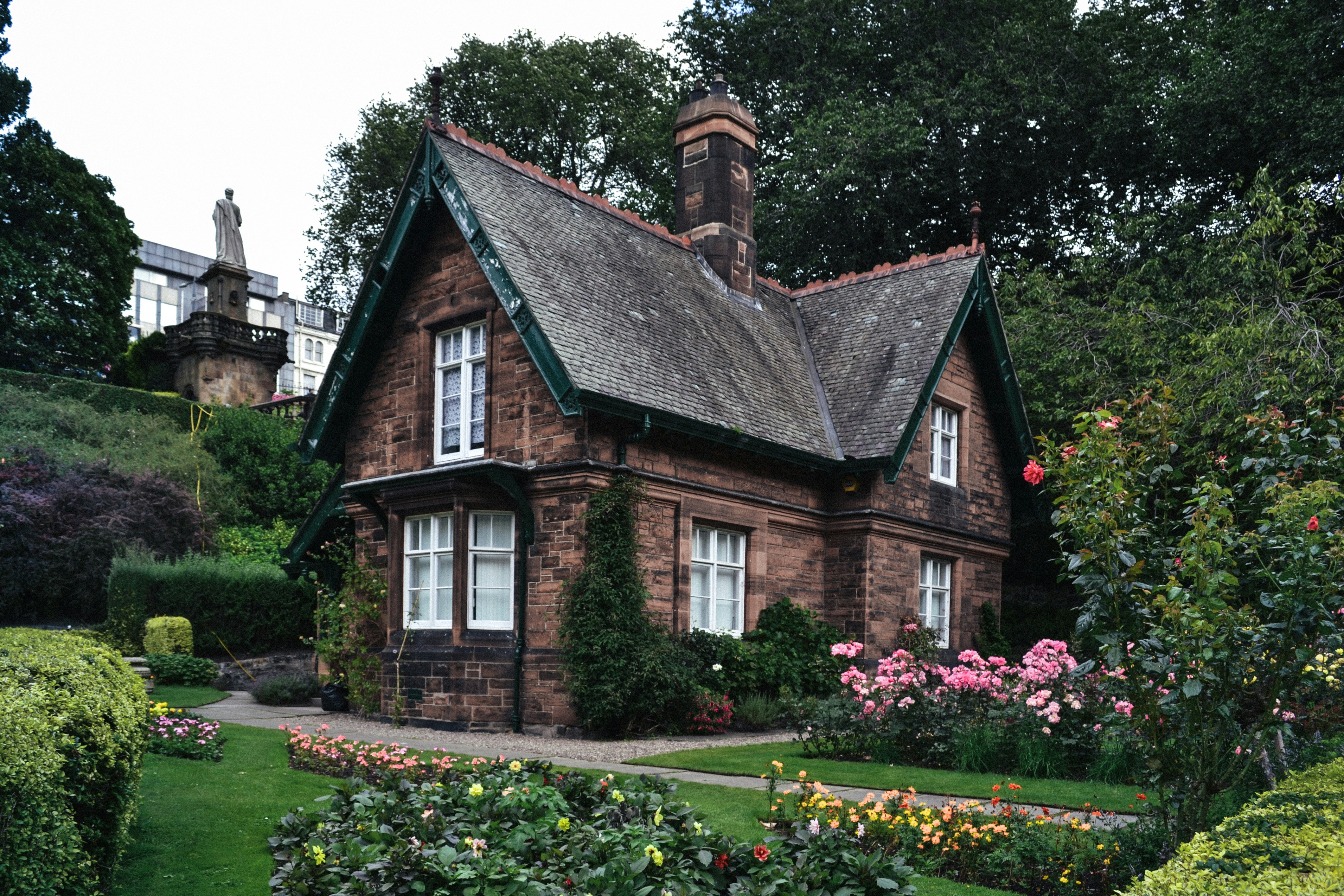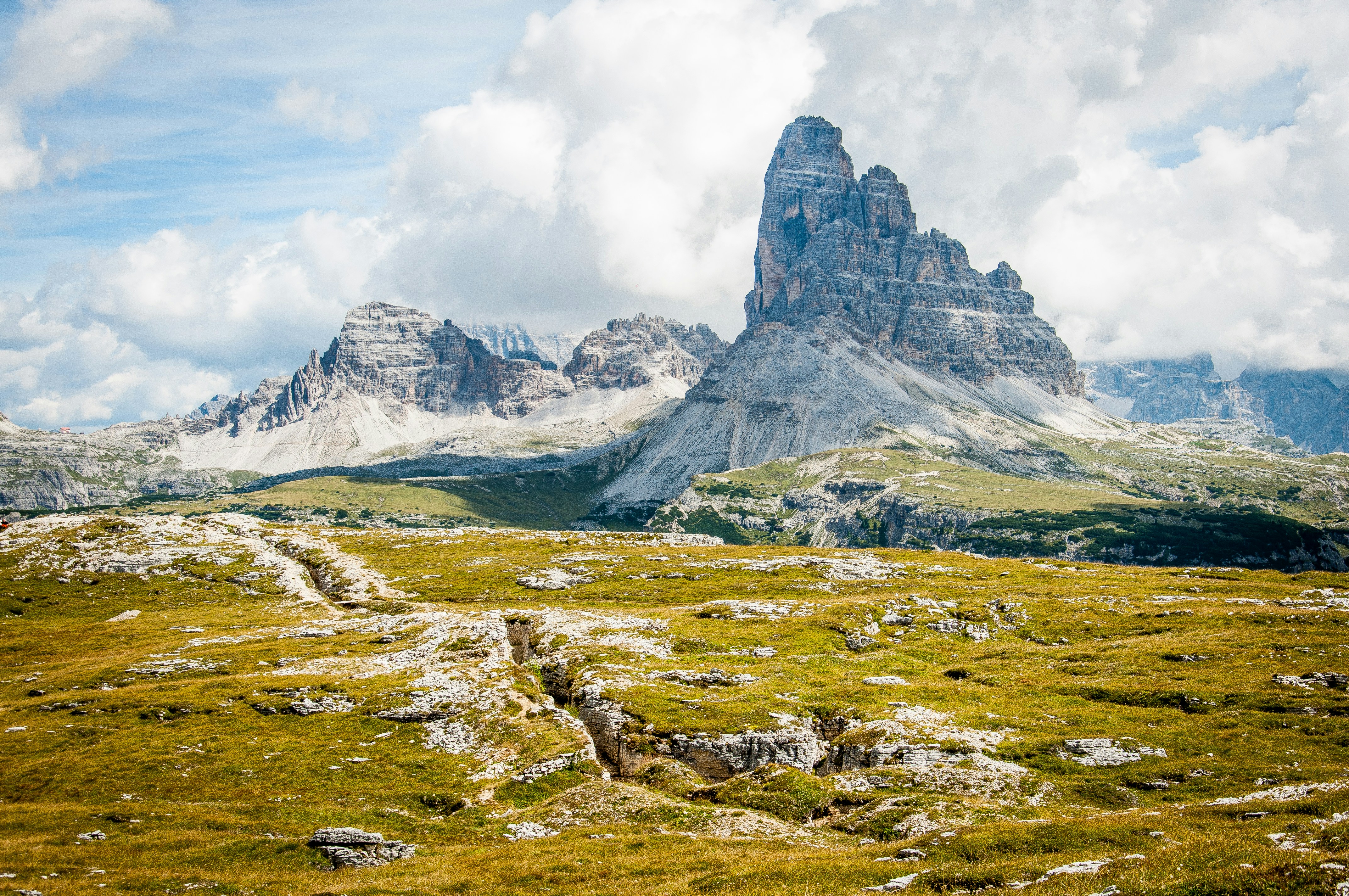Transforming Your Outdoor Space with Hardscaping: The Essential Guide
Feb 6, 2022
Hardscaping is a key element in creating a well-balanced and visually appealing outdoor space. From walkways and patios to retaining walls and fire pits, hardscaping not only adds structure and function to your landscape but also enhances its aesthetic appeal. Whether you're planning a complete backyard transformation or looking to add a few key features, hardscaping can significantly elevate the look and feel of your outdoor area. Here’s everything you need to know to get started.
What is Hardscaping?
Hardscaping refers to the non-living elements of your landscape design, such as stone pathways, brick patios, wooden decks, and concrete driveways. Unlike plants and other softscape features, hardscaping elements are permanent structures that require minimal maintenance once installed. These features provide the foundation for your outdoor space, allowing you to create a cohesive and functional environment.
Key Hardscaping Features
Patios and Decks: A well-designed patio or deck serves as the perfect spot for outdoor entertaining, dining, or simply relaxing. These spaces can be constructed from a variety of materials, including natural stone, pavers, wood, or composite materials, each offering unique aesthetic and functional benefits.
Walkways and Pathways: Walkways guide visitors through your garden or yard and can be both functional and decorative. Materials like flagstone, gravel, or brick can be used to create paths that complement your home’s style and landscape.
Retaining Walls: Retaining walls help manage soil erosion, create level areas on sloped properties, and add visual interest. These walls can be constructed from stone, concrete blocks, or wood, depending on the desired look and the function they need to serve.
Outdoor Kitchens and Fire Pits: Outdoor kitchens and fire pits extend your living space and make your backyard a hub for social gatherings. With features like built-in grills, countertops, and seating areas, these additions can transform your yard into a fully functional outdoor retreat.
Water Features: Hardscaping also includes elements like fountains, ponds, and waterfalls. These features add a soothing ambiance and create a focal point in your landscape, blending seamlessly with other hardscape elements.
Driveways and Entryways: The driveway and entryway are the first things people notice about your home. Upgrading these areas with stamped concrete, cobblestone, or pavers can dramatically improve curb appeal and make a lasting impression.
Benefits of Hardscaping
Increased Property Value: Well-designed hardscaping can significantly boost your home’s market value. Features like patios, outdoor kitchens, and attractive pathways make your property more appealing to potential buyers.
Low Maintenance: Unlike lawns and gardens that require regular watering, mowing, and pruning, hardscaping features require little maintenance, saving you time and effort.
Enhanced Functionality: Hardscaping adds functional spaces to your outdoor area, making it more usable for various activities, from entertaining guests to enjoying a quiet evening by the fire pit.
Improved Drainage and Erosion Control: Features like retaining walls and permeable pavers help manage water flow and prevent soil erosion, protecting your landscape and home from potential damage.
Year-Round Usability: Hardscaping elements like fire pits, outdoor kitchens, and covered patios extend the usability of your outdoor space throughout the year, allowing you to enjoy your yard even in cooler weather.
Planning Your Hardscape Project
When planning a hardscaping project, it’s essential to consider the following:
Design and Layout: Start by envisioning how you want your outdoor space to look and function. Consider the size and shape of your yard, and how different hardscaping features will fit together.
Material Selection: Choose materials that complement your home’s architecture and the overall style of your landscape. Durability and maintenance requirements are also key factors to consider when selecting materials.
Budget: Determine your budget early on and prioritize the features that are most important to you. A well-planned hardscape project can be done in stages if needed to spread out costs.
Professional Help: While some hardscaping projects can be DIY, others, like retaining walls or large patios, may require professional expertise. Hiring a landscaping professional ensures that the job is done correctly and safely.
Environmental Considerations: Consider the environmental impact of your hardscape design. Using permeable materials and incorporating green spaces can help maintain a balance between hardscape and softscape, promoting sustainability.
Conclusion
Hardscaping is an investment that pays off by enhancing the beauty, functionality, and value of your property. Whether you’re looking to create a cozy outdoor retreat, improve your home’s curb appeal, or solve practical issues like drainage, hardscaping offers a wide range of solutions. At Master Landscapers, we specialize in designing and installing custom hardscape features that transform your outdoor space into a stunning, functional environment. Contact us today to start planning your next hardscape project!



